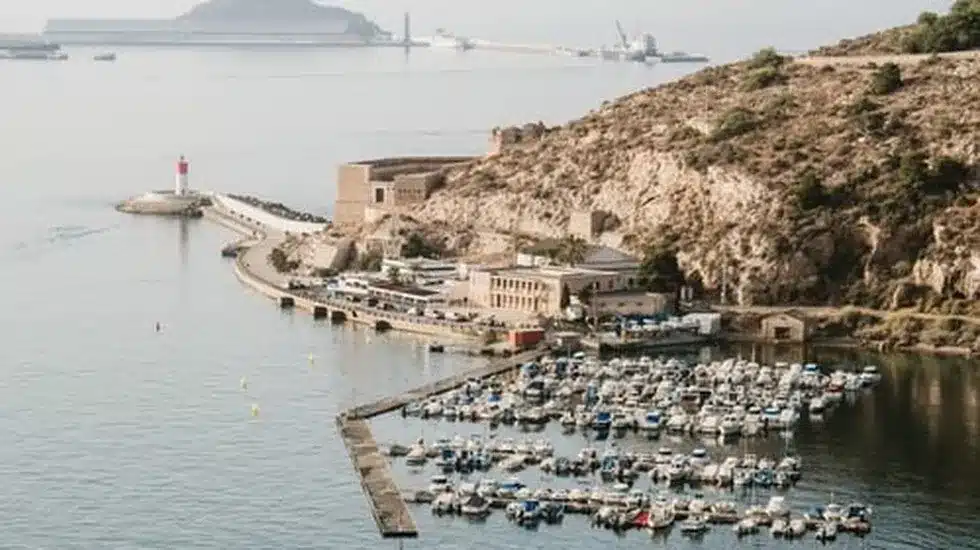About Port of Call:
- It is an intermediate stop for a ship on its scheduled journey for cargo operation or transporting supplies or fuel. It is a port where a ship stops except its home port.
- These are the ports which originally developed as calling points on main sea routes where ships used to anchor for refuelling, watering and taking food items. Later on, they developed into commercial ports.
- Examples: Aden, Honolulu and Singapore are good examples.
- It is also called port of refuge, port of call is usually not a part of a ship’s itinerary. The vessel may “call” the said intermediate port and need a stopover due to various reasons, like:
- Cargo operations (cleaning, repairs, or maintenance)
- Stock up supplies (fuel, food, etc.)
- Load and unload cargo
- Unforeseen emergencies
- Depending on the reason for stopping, port of call can also be divided into subcategories, like:
Dry harbor (for vessel maintenance), Cargo harbor (for cargo dispersal) and Fish harbor (for dropping fishes), etc.
Q1: What is a Dry Port?
A dry port is a port that is away from the sea. It is more inland and connected to a seaport with either a paved road or railway. Dry ports are terminals where cargo brought over on ships is transshipped. These inland ports often include storage facilities for a massive quantity of goods and are used for customs clearance of those goods.
Source: Spain denied port of call to ship carrying arms to Israel
Last updated on November, 2025
→ Check out the latest UPSC Syllabus 2026 here.
→ Join Vajiram & Ravi’s Interview Guidance Programme for expert help to crack your final UPSC stage.
→ UPSC Mains Result 2025 is now out.
→ UPSC Notification 2026 is scheduled to be released on January 14, 2026.
→ UPSC Calendar 2026 is released on 15th May, 2025.
→ The UPSC Vacancy 2025 were released 1129, out of which 979 were for UPSC CSE and remaining 150 are for UPSC IFoS.
→ UPSC Prelims 2026 will be conducted on 24th May, 2026 & UPSC Mains 2026 will be conducted on 21st August 2026.
→ The UPSC Selection Process is of 3 stages-Prelims, Mains and Interview.
→ UPSC Result 2024 is released with latest UPSC Marksheet 2024. Check Now!
→ UPSC Prelims Result 2025 is out now for the CSE held on 25 May 2025.
→ UPSC Toppers List 2024 is released now. Shakti Dubey is UPSC AIR 1 2024 Topper.
→ UPSC Prelims Question Paper 2025 and Unofficial Prelims Answer Key 2025 are available now.
→ UPSC Mains Question Paper 2025 is out for Essay, GS 1, 2, 3 & GS 4.
→ UPSC Mains Indian Language Question Paper 2025 is now out.
→ UPSC Mains Optional Question Paper 2025 is now out.
→ Also check Best IAS Coaching in Delhi

















